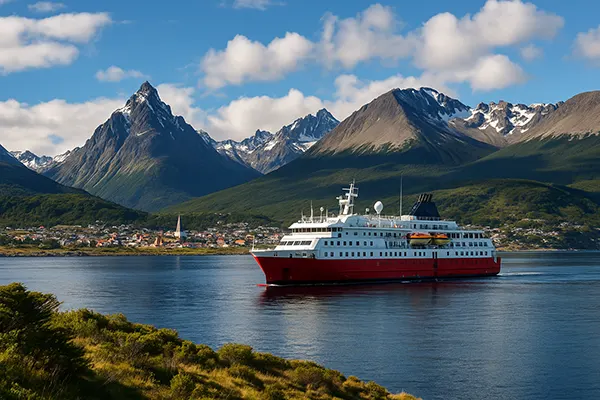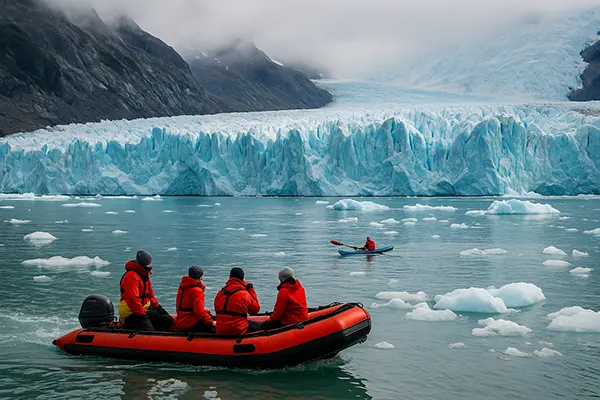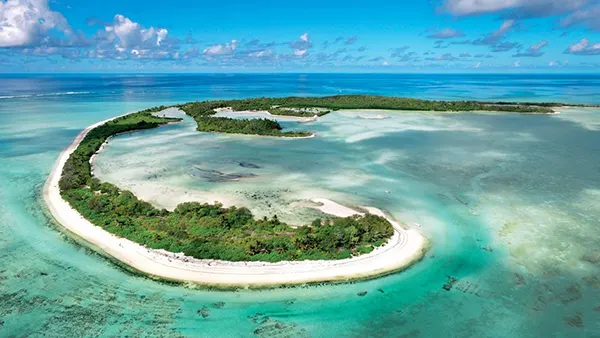
Journeys to the End of the World: Ushuaia, Patagonia, and Antarctic Cruises
Exploration of remote and untouched lands has always fascinated adventurous travellers. As of February 2025, the trio of Ushuaia, Patagonia, and Antarctic cruises stands as one of the most striking options for those seeking profound geographical diversity, ecological richness, and a unique sense of remoteness. These destinations aren’t just points on a map — they are experiences that reveal the planet’s extremes in climate, nature, and human endurance.
Ushuaia: The Southernmost City on Earth
Ushuaia, located at the tip of Argentina’s Tierra del Fuego, is often dubbed the “End of the World”. This port city, set against a backdrop of the Martial Mountains and fronting the Beagle Channel, has become the main departure point for expeditions to Antarctica. As of 2025, Ushuaia continues to offer a mixture of rugged nature and modern comfort, ideal for preparing travellers for their journey into the polar south.
One of the top attractions in Ushuaia is the Tierra del Fuego National Park. Featuring glacial valleys, ancient forests, and native wildlife such as guanacos and Andean foxes, it’s a paradise for hikers and nature photographers. February remains a favourable time to visit due to moderate weather and longer daylight hours.
Additionally, the city itself has grown into a cultural hub, home to the End of the World Museum and local artisan markets. Its cuisine reflects its location — expect fresh seafood, particularly king crab, alongside Patagonian lamb dishes cooked in traditional style.
Why Ushuaia Is the Ideal Antarctic Gateway
Ushuaia’s proximity to Antarctica — just over 1,000 km — makes it the most practical and popular starting point for Antarctic cruises. The local port infrastructure is well-developed, ensuring a reliable launch point for expedition vessels. Leading cruise operators, such as Quark Expeditions and Hurtigruten, base many of their trips from this location.
Furthermore, Ushuaia provides an opportunity to acclimate before heading into harsher environments. Travellers often spend a few days adjusting to the southern climate, organising gear, and learning about the journey ahead from experienced guides and exhibitions in town.
From here, vessels cross the infamous Drake Passage, a two-day voyage that often includes educational talks by polar scientists and marine biologists, enhancing the overall experience with context and expertise.
Patagonia: Vast Wilderness and Natural Majesty
Patagonia, spanning both Chile and Argentina, represents one of the largest and least populated natural regions on Earth. From the jagged peaks of the Andes to wind-swept steppes, glaciers, and turquoise lakes, the region offers unparalleled variety and scale. February is one of the best months for visiting, with relatively stable weather allowing for multi-day treks and wildlife viewing.
In Argentina, the Los Glaciares National Park houses the iconic Perito Moreno Glacier, which is one of the few glaciers globally still growing. Watching massive ice chunks calve into the lake is a truly awe-inspiring sight. In Chile, the Torres del Paine National Park offers towering granite peaks, glacial rivers, and diverse fauna including guanacos, condors, and pumas.
Ecotourism and sustainable lodges are increasingly prevalent in 2025, reflecting a global shift towards more conscious travel. Local operators promote low-impact hikes and environmentally-friendly excursions, supporting both conservation and local communities.
The Role of Patagonia in Southern Exploration
Historically, Patagonia served as the frontier of South American exploration. Today, it acts as a preparatory zone for those venturing further south. Visitors often combine their Antarctic journeys with pre- or post-expedition trekking in Patagonia to take full advantage of the region’s natural offerings.
Its harsh, unpredictable weather and open landscapes provide a good training ground for endurance. Moreover, the sense of solitude and connection to nature in Patagonia mirrors the Antarctic experience, but in a more accessible setting.
Patagonia’s proximity to Ushuaia allows for efficient travel logistics. With regular flights and tours connecting the key areas, planning an integrated journey across both regions has become increasingly seamless by 2025.

Antarctic Cruises: A Journey into the Icy Unknown
Antarctica remains one of the least visited continents, and cruises are the most viable way to explore it. February is the height of the austral summer and the most active period for wildlife and human activity on the continent. Penguins are rearing their chicks, seals are active on the ice, and whales are commonly sighted in surrounding waters.
Modern cruise vessels offer comfort and safety while navigating the frozen landscapes. Many ships come equipped with reinforced hulls, scientific staff, and onboard amenities such as observation decks, lecture halls, and small landing crafts (Zodiacs) for shore excursions. Routes often include stops at the South Shetland Islands, the Antarctic Peninsula, and occasionally the elusive South Pole stations.
Environmental guidelines are strict. Visitors must adhere to the IAATO code of conduct, limiting interactions with wildlife and ensuring no biological contaminants are introduced. Operators provide detailed briefings to educate passengers on preserving the fragile ecosystem.
Scientific and Ethical Tourism in Antarctica
Antarctica has no native population and is governed by the Antarctic Treaty System. As of 2025, responsible tourism plays a crucial role in funding scientific research and promoting international cooperation in environmental protection. Some cruises include research collaboration components, such as assisting with penguin counts or glaciological observations.
This form of travel raises awareness about climate change, as the region visibly illustrates its effects — from melting ice shelves to changing animal patterns. Scientists and experts onboard help contextualise these phenomena through lectures and field demonstrations.
Choosing a cruise that supports local science efforts, adheres to strict environmental guidelines, and educates passengers about global ecological issues ensures a meaningful and impactful journey.
Popular articles
-
Outer Islands Seychelles: The Un...
The northern segment of the Outer …

-
Ohrid, North Macedonia — A Timel...
Ohrid is one of the oldest …

-
The biggest and most famous casinos
In recent times, fans of the …

